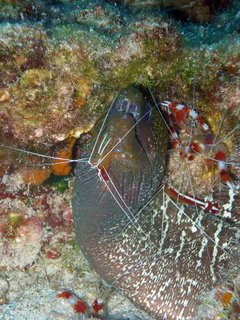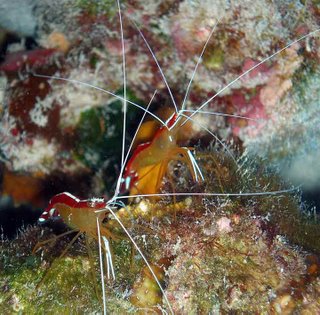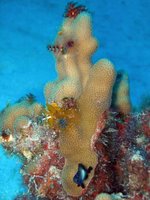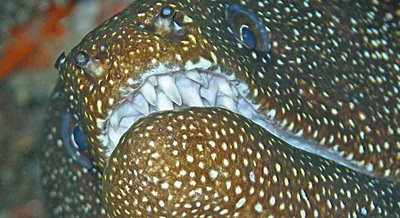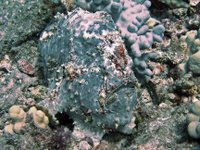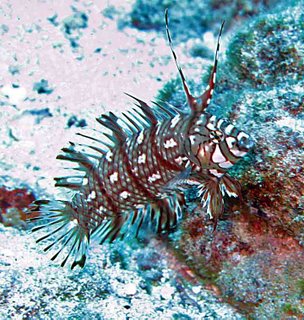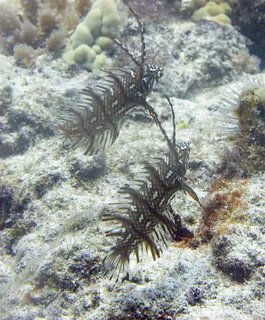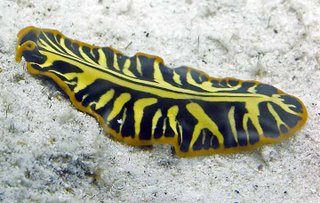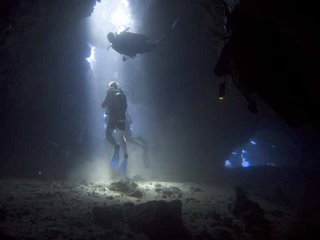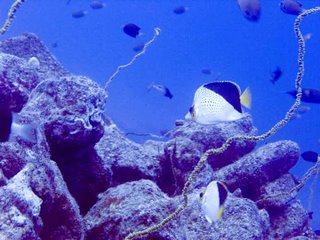
I'm probably rehashing some older posts here, but I thought I'd talk a little about learning to dive. For those of you who are already certified, this will be of little interest, it may come in handy if you are not.
For obtaining your scuba certification, you will have lots of training options. There are numerous dive training agencies (PADI, YMCA, NAUI, SSI, SDI... etc) you will find that offer training programs in the US, as well numerous more outside the US. Dive shops and instructors will be affiliated with at least one or more training agency. For recreational diving, in general, it's not so much the agency but the instructor you will personally be dealing with that's important. Find someone you are comfortable working with.
The agencies have set up courses, course materials and training methods your Instructor will use to introduce you to this facinating hobby.
There are a few different ways to take your course I'll mention here. I'm going to make some generalizations that may not really hold true in all occasions, but do tend to hold up in many circumstances.
Most of the mainland operators tend to offer the course in several sessions, often over a few weeks, with 4-5 days/evenings of classroom and pool work and then a follow up weekend with 4 or more dives. In tropical resort destinations, you'll often find a 3-4 day course which covers the same material at a faster pace. There are pros and cons in both cases. With the longer course, you will usually spend more time focusing on the front end training.... academics and pool skills, than you are likely to be spending time on while doing a resort based 3 or 4 day class. In many resort locations, all the same material is covered, but often at a quicker pace with a potential for less repetition on the pool skills than in the longer courses. For those who don't catch on skill-wize quickly, or are nervous, apprehensive or less physically conditioned, the short course may not be as good of an option as the longer courses.
With the shorter course, you'll be moving at a faster pace on the front end and then proceed to the open water dive training. Depending on the operator, you could get done quite quickly.
Back when I assisted with classes on the mainland, the general lines often used were "If you get certified here, you'll be able to dive in most any conditions" and "you don't want to waste time on your vacation with training dives". I think the reality was that after freezing their tails off in cold murky water, a third of the newly certified students weren't really all that interested in ever diving again. In many cases it was a matter of going down with the group, having them do the skills and then trying to make it to the required 20 minutes underwater without anyone freezing or running low of air. Now this can all vary by location, as I'm sure there are some mainland training spots which are clearer and warmer than where I did my early training.
If you are planning on picking up scuba, and dive travel is not in the plans, then find yourself an Instructor you personally enjoy and go for the course. If dive travel is in the plans, then read on...
The big payoff with the resort based courses is the water conditions for your open water dives. Now that I'm active teaching here, we get to see a lot of students who actually get some good reef diving in during their course and get hooked on the hobby. I am not meaning to condemn getting certified on the mainland in favor of taking a course in a tropical location though....
My personal feeling is that the best option, for those who are considering dive travel for certification or immediately after certification, is the referral system. Pretty much all the agencies have set up their courses so you don't necessarily have to start and finish your course in the same location or with the same Instructor. This can give you the best of both worlds.... get some good front end instruction at home over several sessions, and then do your Open Water certification dives while on vacation.
In my case, I would love to have referrals who've already done their training on the mainland who would come to me for their Open Water dives. I generally take referral students as they call (but you'll want to call well in advance) and not worry about trying to set up large classes, so my typical class size is just one or two, maybe more if a family is calling. The referral students generally come ready to go and we don't need to do an extended day of pool and academics - we can concentrate on the diving. With the small class sizes I generally have, we get to do more diving than skill work on the dives. The skills themselves usually only take up 5-10 minutes of each dive, and then the rest of the dive is just plain fun diving. I just finised a student 2 days ago who had nearly 4 hours underwater on his Open Water certification dives... he'll be hooked.
There are still other options for those who are not sure if they would like to go through a certification course. Most resort operators offer introductory dives or "discover scuba" dives. This will allow you to see if you are interested in persuing a scuba certification at a later date, or you could complete the course following the intro dive if you have enough time at your destination.
You've got lots of options, and this is a lot of information to take in, but hopefully this helps some. If you are interested in learning to dive, contact your local dive centers and see what they have to offer. It's a blast!!!!
Aloha,
Steve



